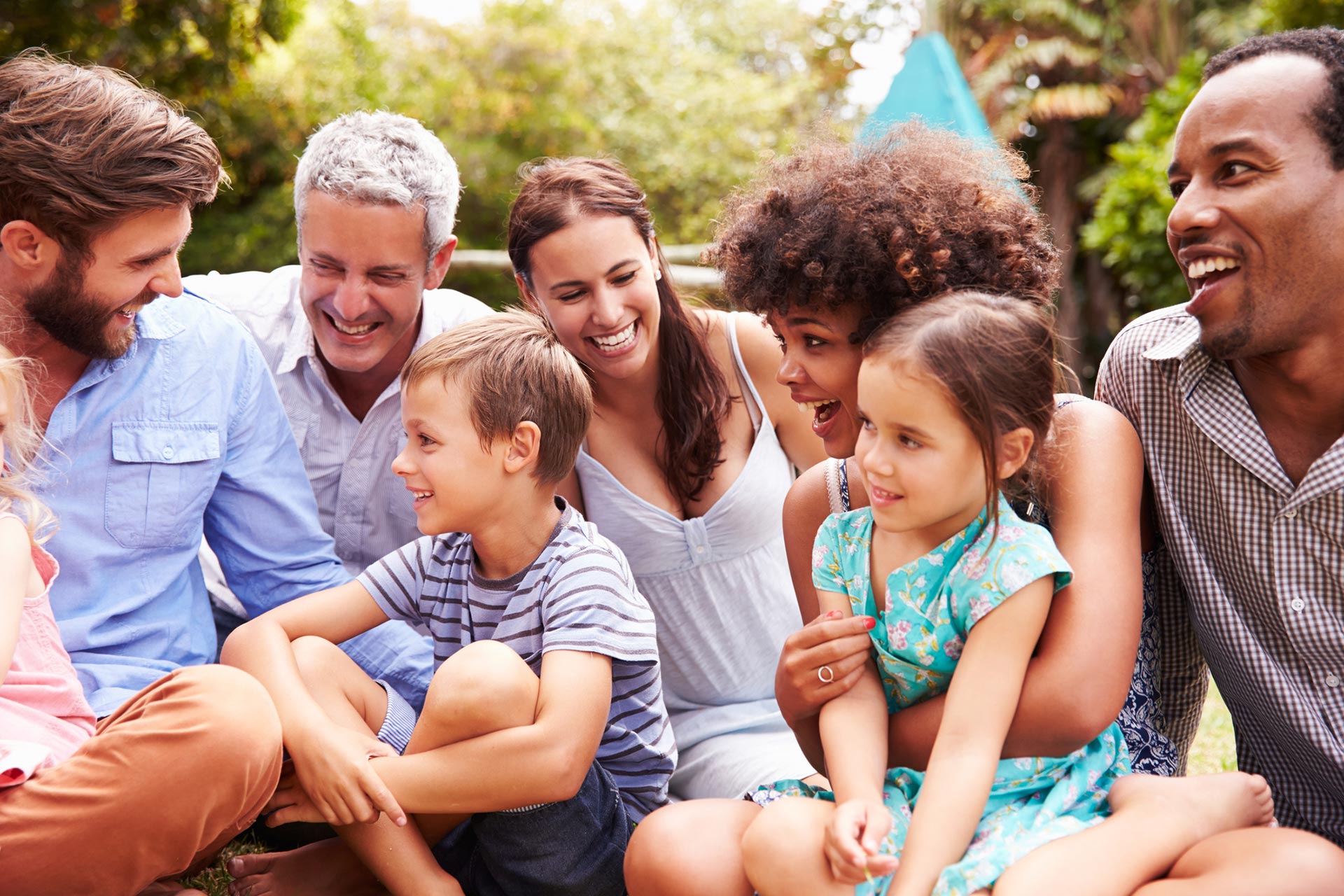The mixed family is characterized by the belonging of one of the partners to a different cultural group. This diversity confronts various challenges ranging from internal communication to the family itself, to social relations, that is, to the world of work, school, friendships, and in-laws. Cultural difference brings into play all our values and beliefs and constantly invites us to reflect on the validity of our ways of acting and thinking. There are factors that can make this path very difficult and the entry of another presence (the therapist) can become essential to facilitate the harmony of the new family identity.
Sometimes it is the families of origin that discourage mixed unions, as they say, they are a harbinger of problems (as if to say that couples of equal cultural affiliation do not have any!) And to deny the necessary emotional support of those who, even with sacrifice, choose for example to follow your partner in a different country and find yourself having to rebuild your social and professional life from scratch. At other times, it is our children who, by placing ourselves in front of difficult decisions every day in the long journey of being parents, make us doubt that we can “resist” other challenges and make us fearful of exposing them to further risks.
Those who are part of a mixed couple know that they must constantly renegotiate their beliefs and habits, but not only: they must be ready to face multiple obstacles that come from the external environment. After the removal from one’s country of origin – or the sense of responsibility that comes from having removed one’s partner from his country of origin – daily challenges of a social, cultural, professional, and often legal and bureaucratic nature arise.
But, circumscribing at the moment the reality of a mixed couple who decide to share their life together, what will be the elements of success for this union? Reflecting on my professional and personal experience, I have identified at least 3:
1 / HARMONY
Harmony is achieved when it is possible to maintain one’s cultural roots and at the same time find oneself curious about the culture of the other. This attitude reveals the value we place on the land where we grew up and where we were educated, and at the same time leads us towards the creation of new family culture, only ours, but always open to new changes.
Awareness and authentic (and never judgmental) communication thus become the basic tools for transforming differences into resources. When harmony exists in a couple, it becomes much easier to support and defend one’s identity as a mixed couple even on the outside.
2 / RESPECT
Anyone who is part of a mixed couple knows that there is no obviousness or truth that can be implied or taken for granted. This means that words become confused sounds when their meanings are not equally recognized and shared. So, it is necessary to make sure to give the same meaning to the concepts being discussed. And then … Who takes care of the housework? Who decides the names of the children? Who manages the family budget?
These are just some of the daily chores that any family faces. When the culture is different, many other factors come into play such as religion, traditions, popular culture, etc. .. which can create misunderstandings and frustrations. Finding a way to meet is always possible when you listen to each other and not just talk, when you take a break to reflect instead of reacting impulsively. When you look into each other’s eyes to find the reasons that led us to be together. It remains essential to recognize and legitimize the cultural values of the other so that the same couple relationship always remains balanced.
Respect is the essential quality of those who recognize the other’s ability to be different, not only in culture or skin color, but simply as a human being.
3 / FEELING
Love, affection, passion, friendship. Feelings contain an essential virtue constituted by the presence of the other. The other is the one who inspires, allows, ignites, and motivates our actions. It doesn’t matter if what brought us together was an uncontrollable attraction or a very long chat exchange: what matters is what happened next, the fact that we decided to build something together, to share our future.
In mixed couples, the effort to consolidate a shared couple identity would seem to be one of the ingredients to explain the greater awareness of the partners. We stay together despite the daily difficulties, we stay together when personal hardships (problems of insertion in the new country, trauma from separation and estrangement, sense of guilt, or depressive states) also invade the other spheres of life in common. The desire to be together, to create a family, to build, are born and grow when the feeling of friendship and love remains alive.
Despite the continuous requests of a practical nature and the need to consolidate one’s status also from a bureaucratic point of view (residence permits, work visas, residence procedures, etc.) it becomes important to always remember what are the reasons that led to the choice to stay together. Carving out small spaces to be with friends, playing sports, indulging in hobbies even alone, are moments that bring balance and greater serenity. Having a proactive attitude and taking steps to build one’s own social identity in the new host country are elements that strongly affect the personal integration process.
Of course, I do not intend to exhaust here such a complex and articulated theme, but I would like to say that the union between two people (straight and not, of course!) of different nationalities can be the most enriching experience of life or become the harshest terrain of couple conflict. The 3 elements I wrote above, combined with the motivation, I believe can make this path truly special. If you are part of a mixed couple and you feel troubled right now, don’t wait any longer, ask for support.

